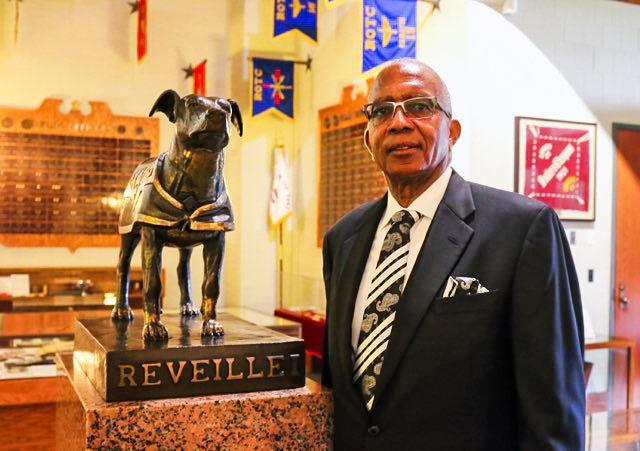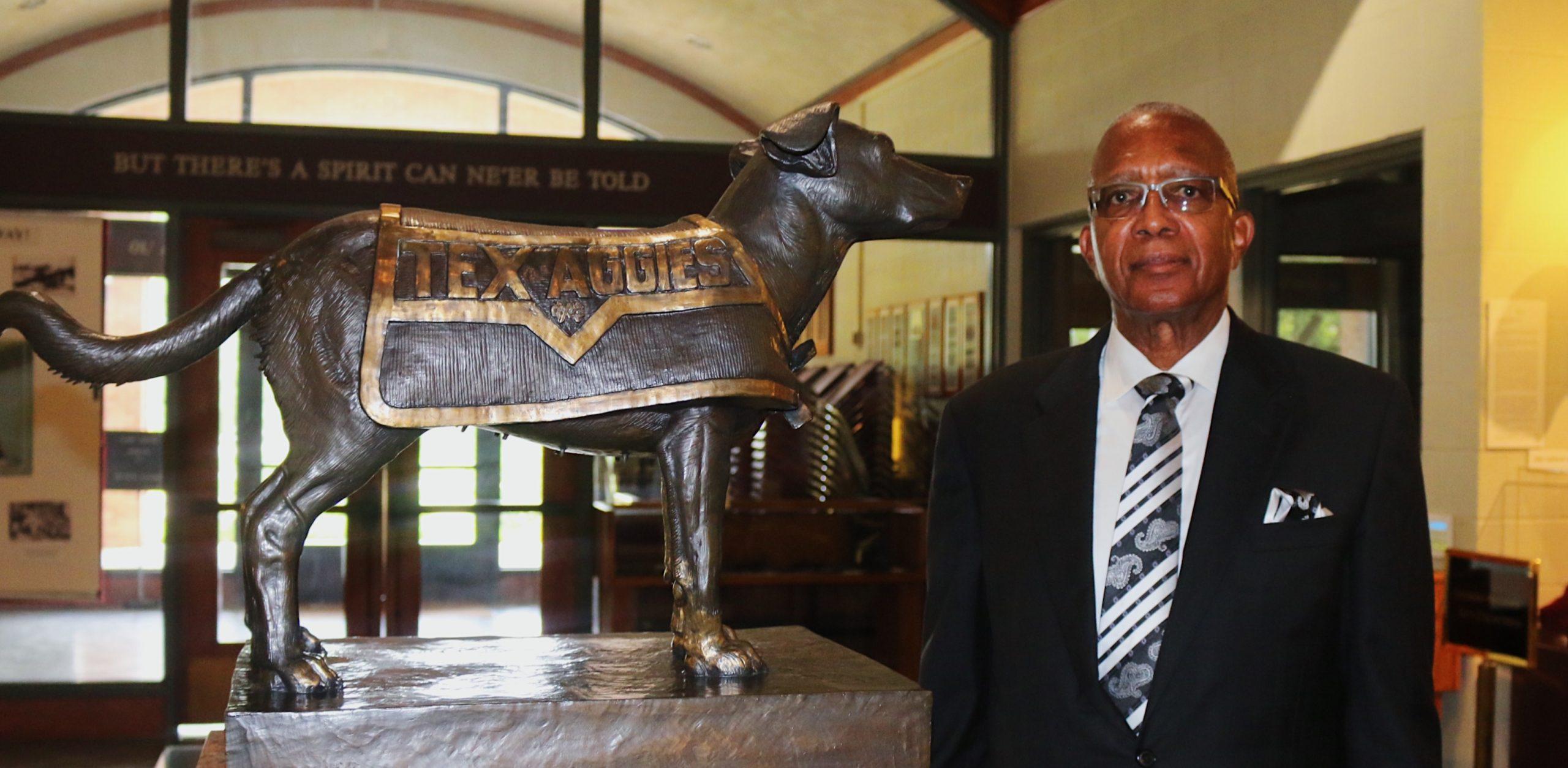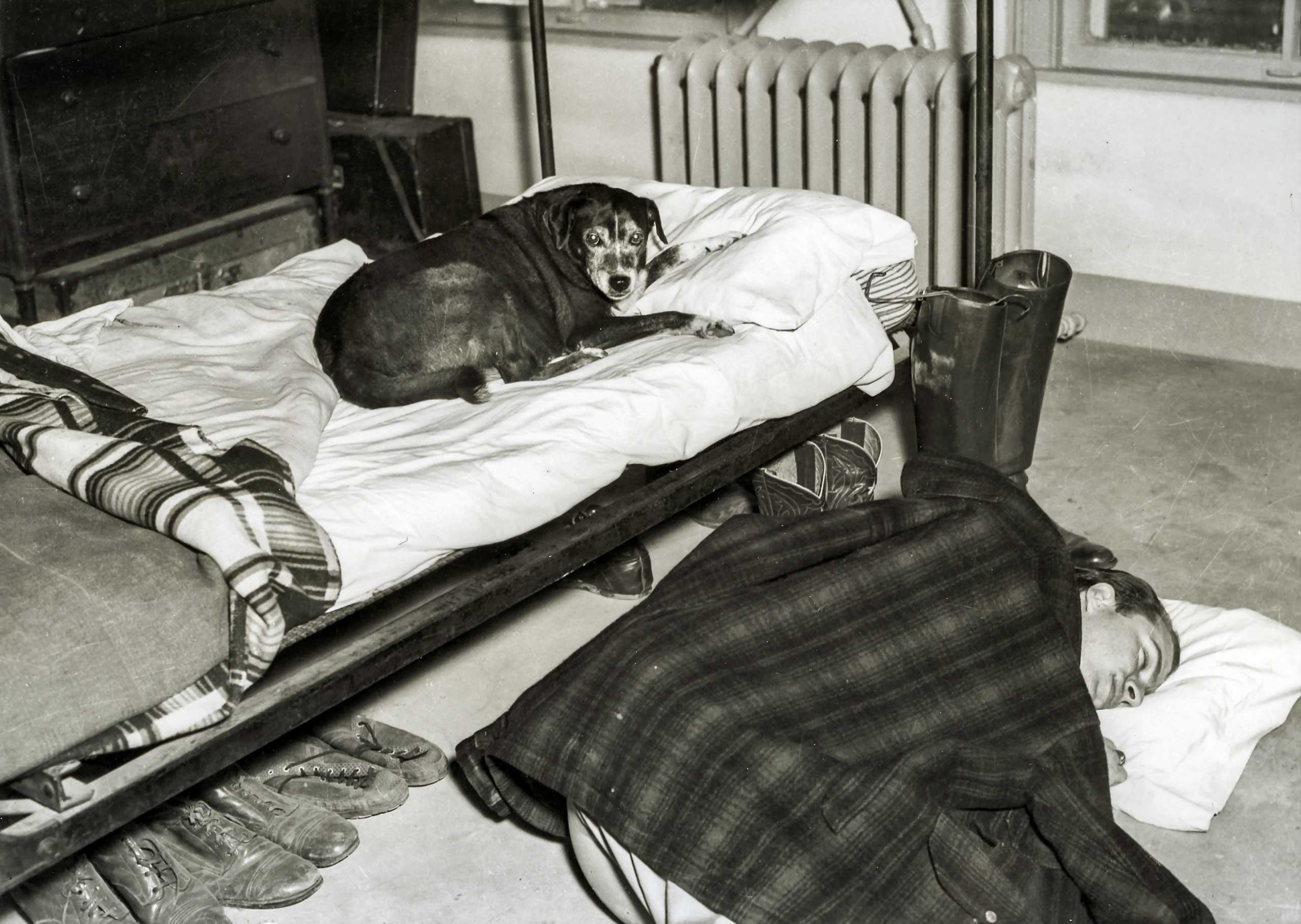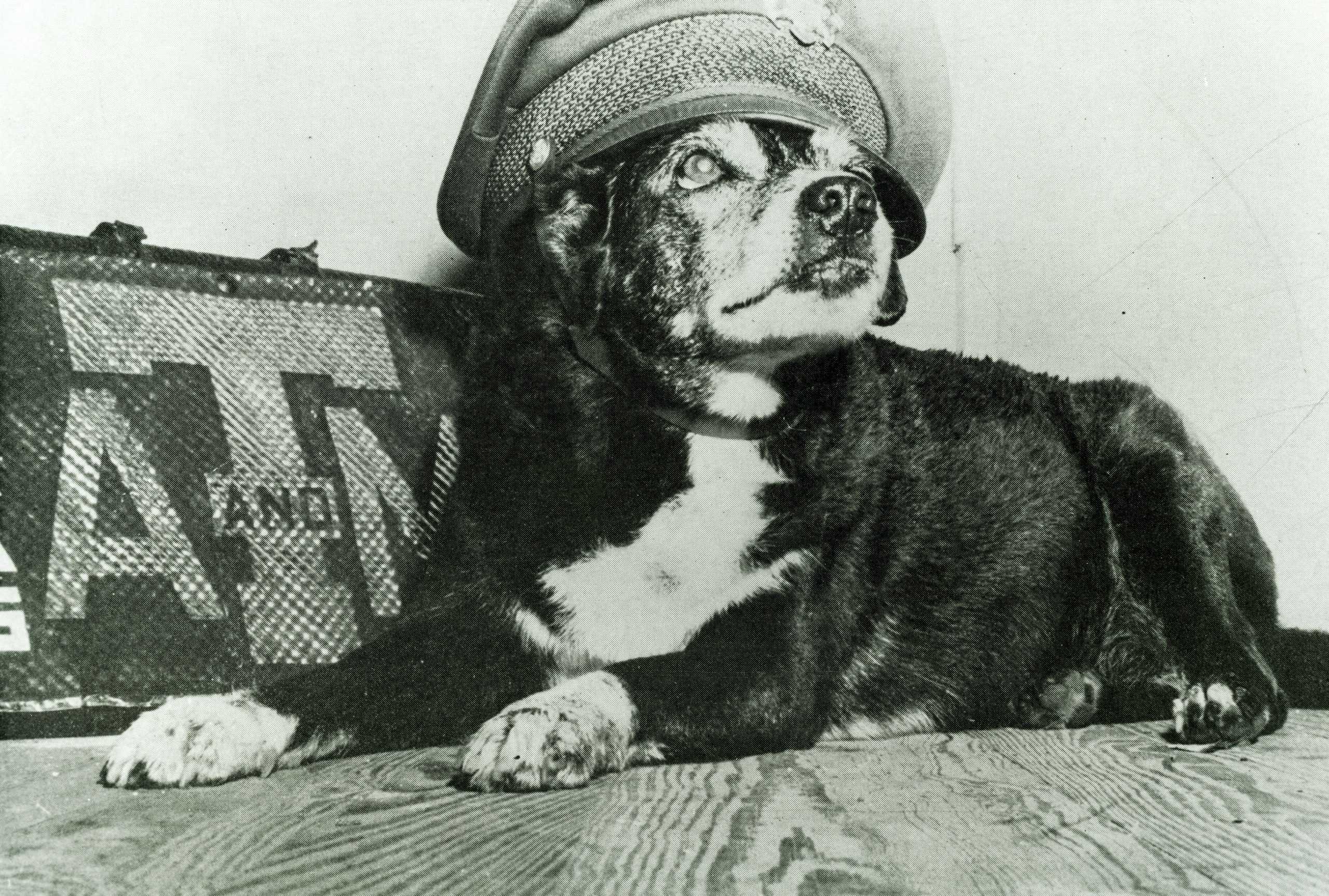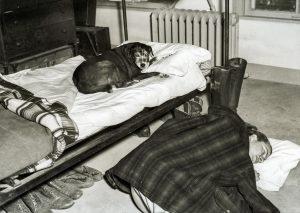At a home football game in the fall of 1931, the very first First Lady of Aggieland hopped onto Kyle Field with the Fightin’ Texas Aggie Band.
Unbeknownst to those in the crowd that day, the black and white female cur’s first steps on the field would create one of Texas A&M’s most cherished traditions. While a crowd of over 2,000 attendees welcomed their new mascot, the team’s assistant groundskeeper and equipment manager, Eddie Chew, stood on the sideline and watched in disbelief. The puppy that vanished from his property six months prior was now wagging its tail alongside the Corps of Cadets.
Following his retirement from the Air Force and administrative law, Willie E.B. Blackmon, Class of 1973, works on a committee for the preservation of historical markers in Bryan-College Station. Blackmon said he has spent a lifetime fighting for minority causes. In 2013, he convinced A&M administration to place Congressional Medal of Honor recipient Clarence Sasser, Class of 1973, into the MSC Hall of Honor.
Black stories punctuated by distinguished service to Aggieland are the kind of narratives Blackmon enjoys putting a spotlight on. For this reason, he remembers the exact moment a colleague brought the story of Reveille’s origin to his attention.
“One day we were talking about the historical markers we were approving for the city,” Blackmon said. “By the end of the meeting she asked, ‘Judge Blackmon, did you realize that Reveille I was once owned by a black man named Eddie Chew?’ I said, ‘That’s not true. If it had been true, I would have known it by now.’”
But Blackmon found the truth was stranger than fiction, as his colleague handed him an April 22, 1942, excerpt from the Bryan-College Station Eagle.
“I was shocked,” Blackmon said. “A story dated 1942 by Eddie Chew talked about how they found out he was Reveille I’s original owner, he and his wife. Once it came to my attention, I started researching more and interviewing other people in the African American community in what became College Station.”
Chew and his wife, Settie Mae, lived on the outskirts of town off Highway 6. The couple owned multiple pieces of property, but their original home sat at today’s intersection of Wellborn and Holleman.
As reported 76 years ago in The Eagle, Reveille I, known to Chew as “Puppy” and sometimes “Blackie,” came from the litter of Chew’s hunting dogs.
“She weren’t no huntin’ dawg, but I thought she was kinda cute so I was gonna keep her around the house,” Chew told The Eagle.
The night of her disappearance, Chew said he heard a “yelp” and the rumbling of a nearby Ford Model T. The following morning, the dog had vanished. The next time Chew saw her was under a new name but just as excited as he remembered.
“Well, she had such a good home when I found her, and she seemed so happy, and the boys all liked her so I decided I’d just keep quiet and let the Aggies have her,” Chew told The Eagle. “It sure made me happy to think that the boys would want any dawg I ever owned.”
For 11 years, Chew and his wife watched Reveille grow to fame in Aggieland without uttering a peep of her original home. However, Blackmon said the couple still found their own ways to take care of her.
“Mrs. Chew was a specialist in seamstress and ironing at the campus cleaners, and she always made certain to be the only one to iron the uniform for Reveille I,” Blackmon said. “They didn’t know why, but it’s because she was once the owner of that dog and she had a closeness to it. They never knew.”
Though he is not familiar with every detail concerning the story, Eddie Chew Jr., born 12 years after Reveille I, said he remembers how proud his father was to be the rightful owner of the first Reveille.
“I believed it because he was always a dog lover,” Chew Jr. said. “With the story that was told, I put it all together and I said, ‘Oh yes, this has to be true.’”
Since discovering the dog’s origin, Blackmon said he has spent the last two years fighting for Chew’s story to be heard. Yet, who wants to hear it is an entirely different question.
“I remember when I talked to one of the cadets about the research I was doing and where Reveille I came from,” Blackmon said. “I said, ‘Their story is going to be renowned far and wide very soon.’ He said, ‘Mr. Blackmon, A&M will not allow that story to be printed.’”
Startled, Blackmon asked the cadet why that would be the case.
“‘Because maybe they don’t want it printed,’” the cadet said.
Chew’s story has fallen into obscurity since its initial printing, potentially due to World War II at that time or the prejudice of Jim Crow Texas. Blackmon grew up his whole life believing people of color were never responsible for good deeds. However, he said Chew’s story has the power to upend that belief.
“Minority causes in history are sometimes, by the white majority, hidden and washed aside like they didn’t exist,” Blackmon said. “I fought for the dog’s owners because of that thing about me that always wanted to speak up for minority groups … to say that history should be written as it actually was, not as someone wanted it to be.”
Eighty-nine years after Reveille I took her first steps across Kyle Field, Chew Jr. said his father’s contribution to Aggieland may never be topped.
“I am overjoyed in the fact that knowing my dad, with his dedication to Texas A&M, had something to do with the beginning of Reveille,” Chew said. “I don’t think that there can ever be another story told that can be compared to what he did.”
History rewritten
February 26, 2020
Photo by Courtesy
Eddie Chew Jr. stands with the statue of Reveille I in the Sanders Corps of Cadets Center. His parents Eddie Chew Sr. and Settie Mae were the original owners of “Puppy” or “Blackie” before she became Reveille I in 1931.
1
Donate to The Battalion
$1965
$5000
Contributed
Our Goal
Your donation will support the student journalists of Texas A&M University - College Station. Your contribution will allow us to purchase equipment and cover our annual website hosting costs, in addition to paying freelance staffers for their work, travel costs for coverage and more!




